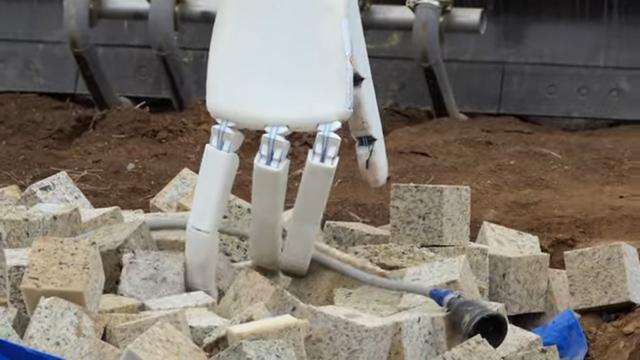The helping hand after the disaster.
The helping hand after the disaster.

 Souce
Souce
When we think about rebuilding after a natural disaster, the first image that comes to mind is of human teams taking risks amidst unstable rubble, but Japan, in collaboration with Swiss researchers, showed that this could be about to change.

In the demonstration, the same hand went from a soft grip to a ton firmness without losing control. More than strength, the differential is in the intelligence behind the excavation, the team from the Nara Institute of Science and Technology develops a system that learns digital simulations such as digging, removing obstacles and avoiding collapses.
